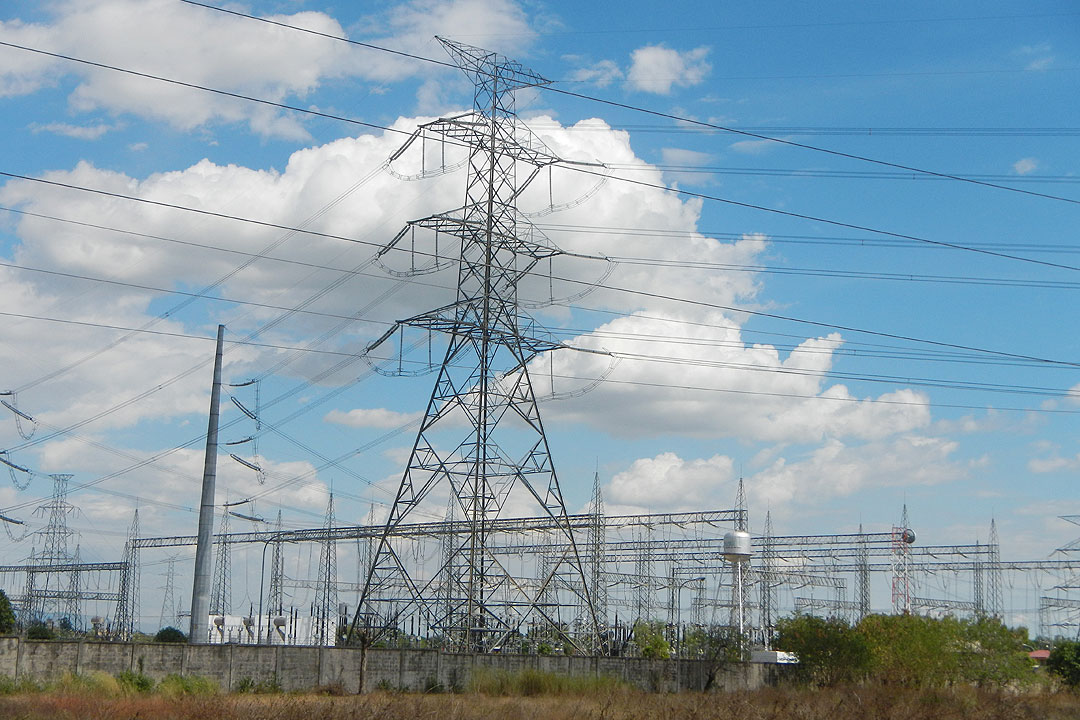Over 14,000 MW of new power projects set to go online by 2030

OVER 14,000 megawatts (MW) of new power projects nationwide are committed to go online in the next five years, according to the Department of Energy (DoE).
Renewable energy projects made up nearly 82% of the total commitments with 11,625.31 MW in capacity, data from the DoE as of March 31 showed.
Broken down, solar power projects are expected to deliver 8,431.19 MW of capacity to comprise the bulk of the committed renewable projects. This was followed by wind power projects with 2,233.24 MW, and hydropower projects with 836.38 MW.
Meanwhile, geothermal and biomass accounted for 74.22 MW and 50.28 MW, respectively.
On the other hand, for non-renewable energy projects, those that run on coal would generate 1,570 MW of capacity, followed by natural gas with 880 MW, and oil-based with 170.74 MW.
There are also battery energy storage systems (BESS) lined up to be operational by 2030 that are capable of storing 594 MW of electricity.
A BESS uses batteries to store electrical energy from the grid and releases it when needed to augment supply or improve power quality.
By location, Luzon has the majority of committed power projects with a total capacity of 11,736.22 MW.
Committed energy projects in the Visayas and Mindanao totaled 2,053.68 MW and 591.17 MW, respectively.
Committed projects refer to those that are already in the construction phase or have a financial close in place.
For this year alone, power projects with a total capacity of 5,632.45 MW are expected to go online, the DoE data showed.
This would serve as additional power supply as the Energy department earlier said that forecasted demand for 2025 would reach 14,769 MW for Luzon, 3,111 MW for the Visayas, and 2,789 MW for Mindanao.
In February, the DoE announced that the third round of green energy auction (GEA-3) was able to attract 7,500 MW worth of bids to construct renewable energy plants, exceeding the auction goal of 4,650 MW.
The auction round offered capacities for pumped-storage hydro, impounding hydro, and geothermal.
On top of this, the government is set to conduct two more auctions this year focusing on integrated renewable energy and energy storage systems and offshore wind.
The GEA program promotes renewable energy as a primary source of energy, with bidders undergoing competitive selection. As a flagship government initiative, the program is seen to contribute to the country’s goal of achieving a 35% share in the power generation mix by 2030.
“The GEA underscores the Department’s commitment to creating a fair and competitive environment for renewable energy development, ensuring transparency, innovation, and deployment of cost-effective renewable energy technologies across the country,” the DoE said. — Sheldeen Joy Talavera



